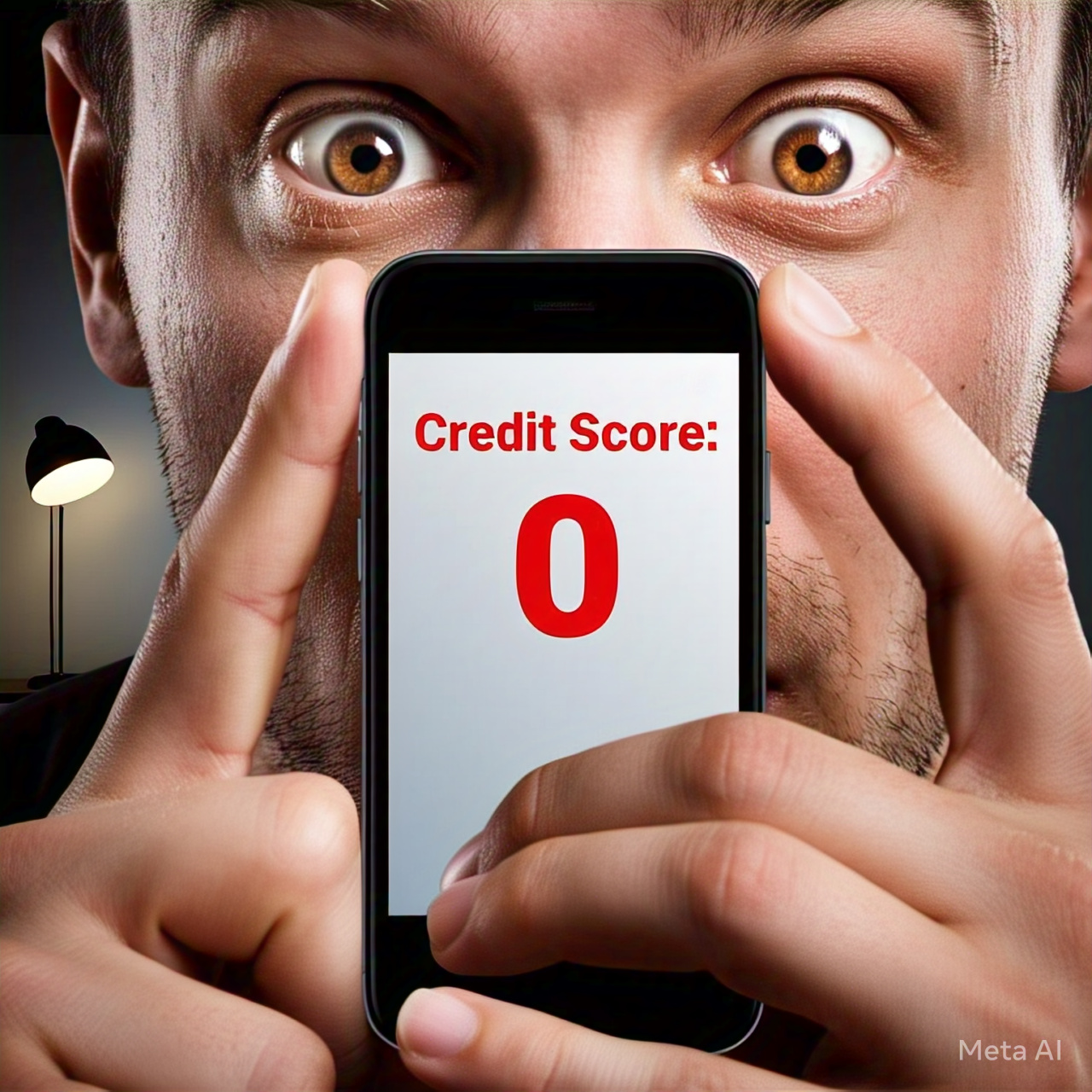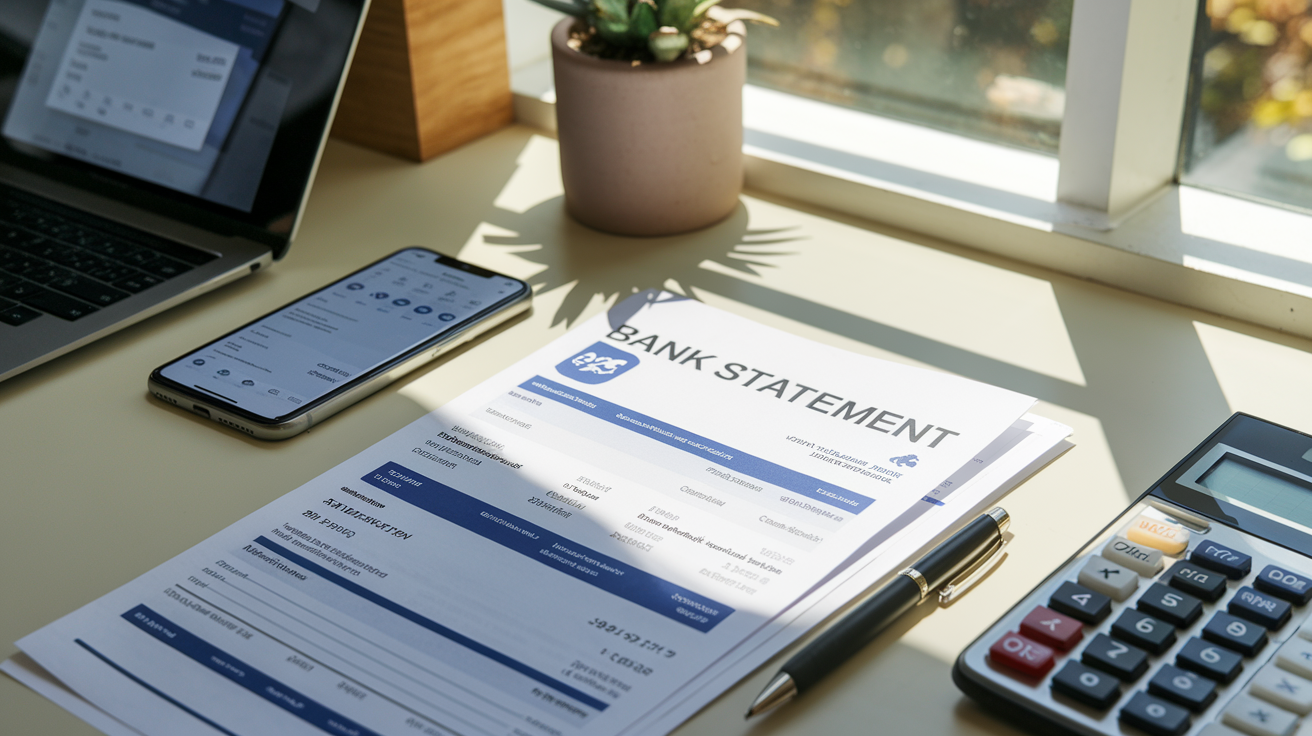
But here’s the problem: fake utility bills are getting more convincing by the day. Scammers are using advanced printing techniques and acquiring insider knowledge to create forgeries that can fool even the most discerning eyes. So how can you stay one step ahead? That’s where our guide comes in. We’ll walk you through seven foolproof strategies to spot a fake utility bill in no time, from understanding common features of genuine bills to leveraging digital verification tools.
Ready to become a utility bill detective? Let’s dive into the telltale signs of authenticity and the red flags that should set your fraud alarm ringing. By the end of this post, you’ll be equipped with the knowledge to protect yourself and others from falling victim to utility bill scams.
Understand Common Features of Genuine Utility Bills

A. Typical layout and format
Genuine utility bills typically follow a consistent layout and format across different billing cycles. Here’s a breakdown of the common elements:
-
Header section:
-
Company name and logo
-
Customer service contact information
-
Billing date and due date
-
-
Account information:
-
Customer name and address
-
Account number
-
Service address (if different from billing address)
-
-
Billing summary:
-
Previous balance
-
Payments received
-
Current charges
-
Total amount due
-
-
Usage details:
-
Meter readings (previous and current)
-
Usage graph or chart
-
-
Payment options and instructions
| Section | Information Included |
|---|---|
| Header | Company name, logo, contact info, dates |
| Account | Customer details, account number |
| Summary | Balance, payments, charges, total due |
| Usage | Meter readings, consumption data |
| Payment | Options and instructions |
B. Standard information included
Every legitimate utility bill contains essential information that helps verify its authenticity:
-
Utility company’s full name and contact details
-
Customer’s full name and service address
-
Unique account number
-
Billing period and due date
-
Breakdown of charges (e.g., supply, delivery, taxes)
-
Payment methods and late payment policies
-
Usage data and comparisons to previous periods
C. Official logos and branding
Authentic utility bills prominently display:
-
Company logo in high quality
-
Consistent color scheme and fonts
-
Official trademarks and registered symbols
-
Utility company’s official website address
D. Unique identifiers and account numbers
Key identifiers on genuine bills include:
-
Account number: Typically 10-20 digits long
-
Meter number: Matches the physical meter at your property
-
Bill reference number: Unique to each billing cycle
-
Barcode or QR code: For easy scanning and payment processing
Examine Paper Quality and Printing

Paper thickness and texture
When examining a utility bill for authenticity, start by assessing the paper quality. Genuine bills typically use:
-
Thicker paper (usually 20-24 lb weight)
-
Smooth, professional texture
-
Consistent feel throughout
Fake bills often use:
-
Thin, flimsy paper
-
Rough or inconsistent texture
-
Glossy finish (uncommon for utility bills)
Print clarity and color consistency
High-quality printing is a hallmark of legitimate utility bills. Look for:
-
Sharp, clear text and images
-
Consistent color throughout
-
No smudges or bleeding ink
Red flags in printing quality include:
-
Blurry or pixelated text
-
Inconsistent coloring
-
Obvious printer lines or low-quality inkjet appearance
| Genuine Bill | Fake Bill |
|---|---|
| Clear, crisp printing | Fuzzy or pixelated text |
| Consistent colors | Uneven or faded colors |
| No smudges or bleeding | Visible ink smears |
Presence of watermarks or security features
Many utility companies incorporate security features to prevent forgery. Check for:
-
Watermarks visible when held up to light
-
Microprinting (tiny text visible under magnification)
-
Holographic elements or color-shifting ink
Remember, not all genuine bills have these features, but their presence can increase confidence in authenticity.
Now that we’ve covered the physical aspects of the bill, let’s move on to verifying the company information, which is crucial for spotting potential fraud.
Verify Company Information

Check official contact details
When verifying a utility bill’s authenticity, start by examining the company’s contact information. Legitimate utility providers always include accurate and up-to-date contact details on their bills. Here’s what to look for:
-
Phone numbers: Check if the provided numbers are functional and match the official ones.
-
Physical address: Verify if the listed address corresponds to the company’s actual location.
-
Customer service email: Ensure the email domain matches the company’s official website.
| Contact Detail | What to Check |
|---|---|
| Phone Numbers | Functionality, Match with official numbers |
| Address | Correspondence with actual location |
| Domain matching official website |
Confirm website and online presence
A genuine utility company will have a strong online presence. To verify:
-
Visit the website listed on the bill
-
Check for HTTPS security
-
Look for a professional design and comprehensive information
-
Search for the company on social media platforms
-
Read customer reviews and ratings
Look for accurate company registration numbers
Legitimate utility bills often include official registration numbers. These could be:
-
Tax Identification Number (TIN)
-
Business Registration Number
-
Utility Regulatory Authority License Number
Verify these numbers through official government websites or regulatory bodies. Remember, a fake bill might omit these details or provide false information.
By thoroughly checking company information, you can significantly reduce the risk of falling victim to utility bill fraud. If you notice any discrepancies, it’s crucial to contact the utility company directly using independently verified contact information.
Scrutinize Personal and Account Details
Correct spelling of name and address
When scrutinizing personal and account details on a utility bill, the first step is to carefully examine the spelling of your name and address. Even minor discrepancies can be red flags for potential fraud. Look for:
-
Correct spelling of your full name
-
Accurate street name and number
-
Proper city, state, and ZIP code
Common errors in fake bills include:
-
Misspelled names or addresses
-
Inconsistent capitalization
-
Missing or incorrect apartment numbers
Consistent account numbers across documents
Account numbers should remain consistent across all your utility documents. To verify:
-
Compare the account number on the current bill with previous bills
-
Check if the number matches what’s on your online account
-
Ensure the format (length and structure) of the number is consistent
| Document Type | Account Number Format |
|---|---|
| Paper Bill | XX-XXXX-XXX-XX |
| Online Portal | XXXXXXXXXX |
| Email Notifications | XX-XXXX-XXX-XX |
Accurate service address and billing period
Lastly, confirm the accuracy of the service address and billing period. These details should align with your actual residence and usage timeframe. Check for:
-
Correct service address (may differ from billing address)
-
Accurate start and end dates for the billing cycle
-
Consistency with your typical billing schedule (e.g., monthly, bi-monthly)
By meticulously examining these personal and account details, you can quickly identify potential discrepancies that may indicate a fake utility bill. Remember, legitimate utility companies maintain high standards of accuracy in their billing processes.
Analyze Bill Calculations and Charges

Verify current rates and tariffs
When analyzing bill calculations and charges, the first step is to verify the current rates and tariffs. Utility companies often publish their pricing structures online or provide this information upon request. Compare the rates on your bill with the official rates to ensure they match. Here’s a quick comparison table:
| Item | Official Rate | Rate on Bill | Match? |
|---|---|---|---|
| Basic charge | $10.50 | $10.50 | Yes |
| Usage rate | $0.12/kWh | $0.12/kWh | Yes |
| Environmental fee | 2% | 2% | Yes |
Check for logical consumption patterns
Examine your usage history to identify any unusual spikes or drops in consumption. A genuine bill should reflect logical patterns based on your typical usage and seasonal variations. Look for:
-
Consistent month-to-month usage
-
Expected seasonal fluctuations
-
Gradual changes in consumption over time
Identify suspicious or unexplained fees
Scrutinize the itemized charges on your bill for any suspicious or unexplained fees. Legitimate bills should clearly outline all charges. Be wary of:
-
Vague descriptions like “miscellaneous fees”
-
Charges that don’t align with your service agreement
-
Unusually high fees for standard services
If you spot any discrepancies or suspicious charges, contact your utility provider immediately for clarification. Remember, a genuine utility company will be transparent about their billing practices and happy to explain any charges you don’t understand.
Use Digital Verification Tools
Online account verification systems
In the digital age, online account verification systems have become a powerful tool in spotting fake utility bills. Many utility companies now offer secure online portals where customers can access their accounts and verify bill authenticity. These systems provide real-time information about your account, including:
-
Current balance
-
Payment history
-
Billing statements
-
Usage patterns
| Feature | Benefit |
|---|---|
| Real-time updates | Instant verification of bill status |
| Secure login | Protection against unauthorized access |
| Historical data | Ability to compare current bill with past statements |
To use these systems effectively, create an account on your utility provider’s official website and regularly check your bills against the information provided online.
Utility company apps for bill authentication
Many utility companies have developed mobile applications that offer convenient ways to authenticate bills. These apps often include features such as:
-
Bill preview
-
Payment confirmation
-
Usage tracking
-
Fraud reporting options
Using these apps can significantly reduce the risk of falling victim to fake utility bills. Always download the app directly from your utility company’s official website or a trusted app store to ensure authenticity.
QR codes or barcodes for quick validation
QR codes and barcodes are increasingly being used on utility bills for quick and easy validation. Here’s how to use them:
-
Locate the QR code or barcode on your bill
-
Use a smartphone camera or dedicated scanning app
-
Scan the code to access bill information
-
Compare the scanned information with the printed bill
This method provides an additional layer of security and makes it harder for fraudsters to create convincing fake bills. If the scanned information doesn’t match the printed bill or if the QR code doesn’t work, it’s a strong indicator that the bill may be fake.
Recognize Red Flags of Fake Utility Bills
Unusual payment methods or instructions
When spotting a fake utility bill, be wary of unusual payment methods or instructions. Legitimate utility companies typically offer standard payment options like checks, credit cards, or online banking. Red flags include:
-
Requests for payment via gift cards or cryptocurrencies
-
Instructions to wire money to unfamiliar accounts
-
Demands for cash-only payments
| Legitimate Payment Methods | Suspicious Payment Methods |
|---|---|
| Bank transfer | Gift cards |
| Credit/Debit card | Cryptocurrency |
| Check | Wire to unknown accounts |
| Online bill pay | Cash-only demands |
Pressure tactics or threats
Genuine utility providers don’t use aggressive tactics. Be cautious of:
-
Threats of immediate disconnection
-
Unreasonably short payment deadlines
-
Aggressive or intimidating language
Grammatical errors and poor formatting
Professional utility bills are typically well-formatted and error-free. Look out for:
-
Numerous spelling mistakes
-
Inconsistent fonts or sizes
-
Blurry or pixelated logos
-
Misaligned text or tables
Inconsistent or missing information
Authentic bills contain specific, consistent details. Be alert to:
-
Missing account numbers
-
Inconsistent billing periods
-
Lack of itemized charges
-
Absence of contact information for the utility company
With these red flags in mind, you’ll be better equipped to identify potential fraudulent utility bills. Remember, if something seems off, don’t hesitate to contact your utility provider directly using their official contact information to verify the bill’s authenticity.

Spotting a fake utility bill requires attention to detail and a keen eye for inconsistencies. By examining the paper quality, verifying company information, scrutinizing personal details, and analyzing bill calculations, you can quickly identify potential fraud. Digital verification tools can provide an additional layer of security, while being aware of common red flags will help you stay vigilant.
Remember, protecting yourself from utility bill fraud is crucial in today’s digital age. If you suspect a bill might be fake, don’t hesitate to contact the utility company directly using their official contact information. Stay informed, stay cautious, and always trust your instincts when something doesn’t seem quite right.



